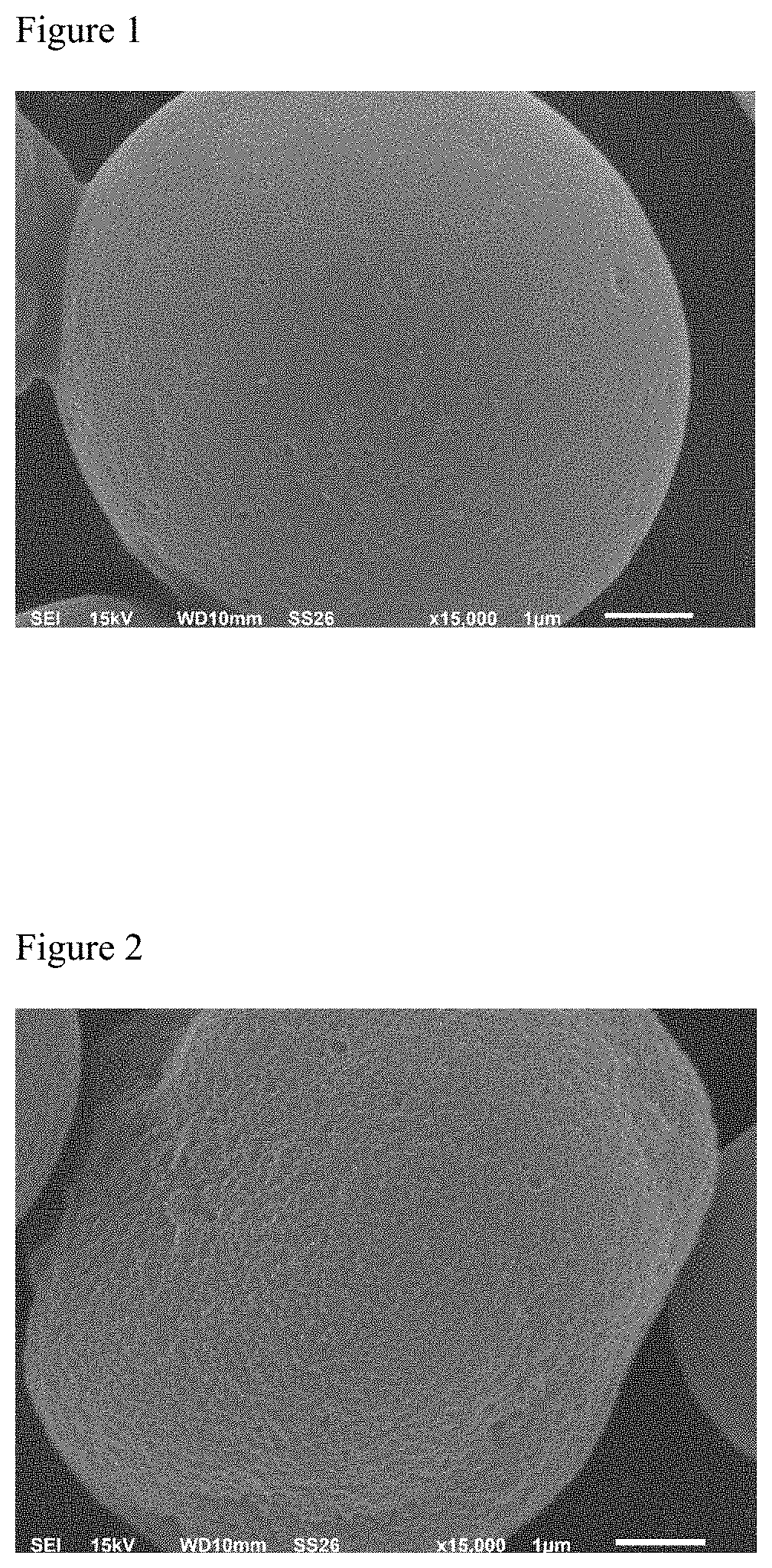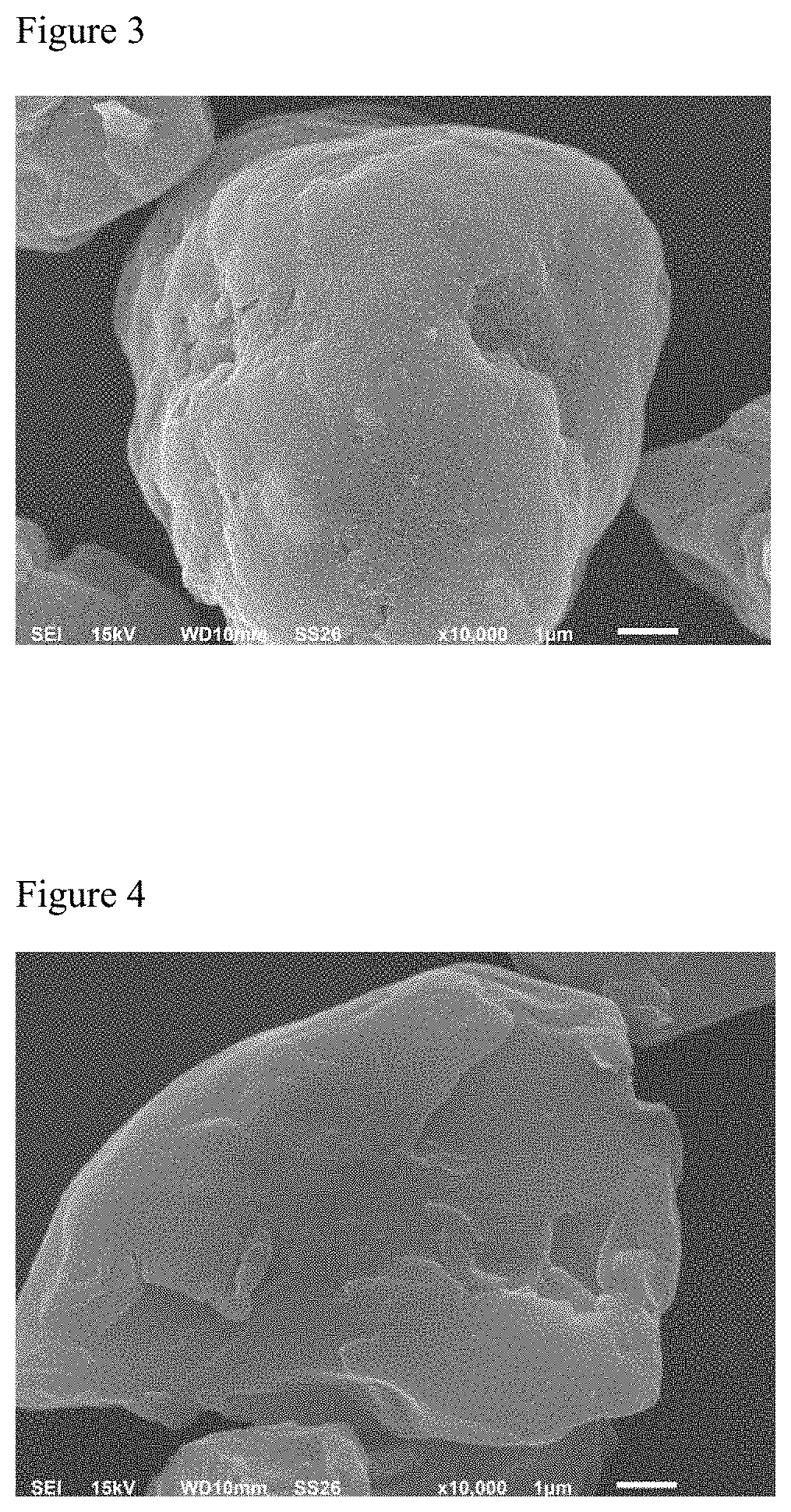Toner blends comprising of a clear toner and a pigmented toner
a technology of toner and pigment, applied in the field of toner blends, can solve the problems of negatively affecting the color density of the image achieved by the toner, and achieve the effects of reducing the cost of the toner, reducing the pigment loading of the toner, and negatively affecting the image color density
- Summary
- Abstract
- Description
- Claims
- Application Information
AI Technical Summary
Benefits of technology
Problems solved by technology
Method used
Image
Examples
examples
[0051]Example Polyester Resin Emulsion A
[0052]A mixed polyester resin having a peak molecular weight of about 9,000, a glass transition temperature (Tg) of about 53° C. to about 58° C., a melt temperature (Tm) of about 110° C., and an acid value of about 7 to about 12 was used. The glass transition temperature is measured by differential scanning calorimetry (DSC), wherein, in this case, the onset of the shift in baseline (heat capacity) thereby indicates that the Tg may occur at about 53° C. to about 58° C. at a heating rate of about 5° C. per minute. The acid value may be due to the presence of one or more free carboxylic acid functionalities (—COOH) in the polyester. Acid value refers to the mass of potassium hydroxide (KOH) in milligrams that is required to neutralize one gram of the polyester. The acid value is therefore a measure of the amount of carboxylic acid groups in the polyester.
[0053]150 g of the mixed polyester resin was dissolved in 450 g of methyl ethyl ketone (MEK)...
PUM
| Property | Measurement | Unit |
|---|---|---|
| particle size | aaaaa | aaaaa |
| particle size | aaaaa | aaaaa |
| particle size | aaaaa | aaaaa |
Abstract
Description
Claims
Application Information
 Login to View More
Login to View More - R&D
- Intellectual Property
- Life Sciences
- Materials
- Tech Scout
- Unparalleled Data Quality
- Higher Quality Content
- 60% Fewer Hallucinations
Browse by: Latest US Patents, China's latest patents, Technical Efficacy Thesaurus, Application Domain, Technology Topic, Popular Technical Reports.
© 2025 PatSnap. All rights reserved.Legal|Privacy policy|Modern Slavery Act Transparency Statement|Sitemap|About US| Contact US: help@patsnap.com


